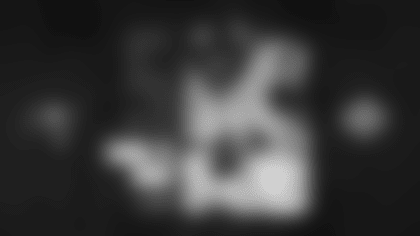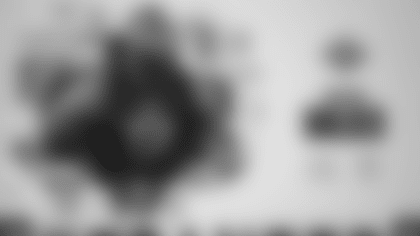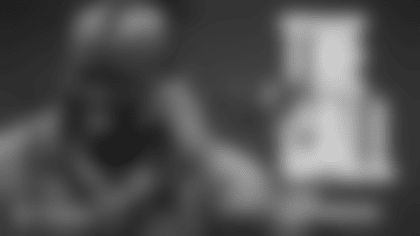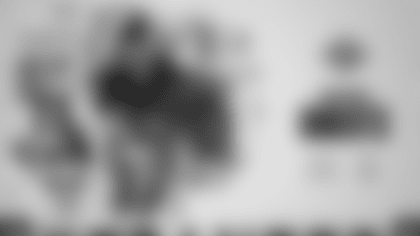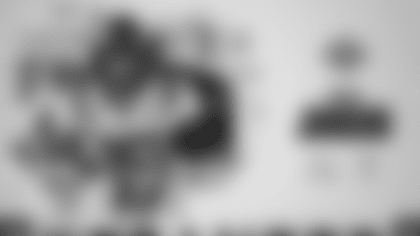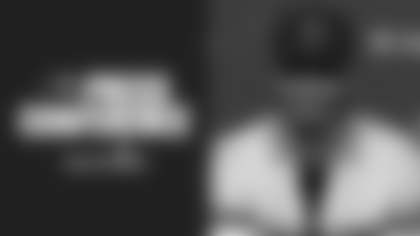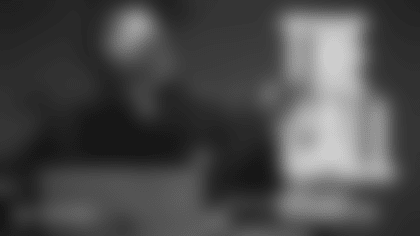The Tampa Bay Buccaneers' 2017 draft class collectively made a big impact in its shared rookie season. Most notably, three of the Buccaneers' first four picks quickly locked down starting jobs and the fourth player in that group looks like a long-term starter, as well.
First-round tight end O.J. Howard tied for team lead with six touchdowns and averaged 16.6 yards per catch, first among all NFL tight ends who had at least 25 receptions. Second-round safety Justin Evans tied for the team lead with three interceptions and add 65 tackles. Third-round wide receiver Chris Godwin used a late-season spike in playing time to crack 500 yards while averaging 15.4 yards per grab; he started just two games but looks like a star in the making. Third-round linebacker Kendell Beckwith recovered incredibly quickly from a knee injury suffered late in his last season at LSU and ended up starting at several different positions, contributing 73 tackles.
The Bucs made two other picks in the 2017 draft, claiming running back Jeremy McNichols in the fifth round and defensive tackle Stevie Tu'ikolovatu in the sixth. McNichols didn't make the Bucs' 53-man roster and ended up in San Francisco. Tu'ikolovatu got hurt in training camp and ended up on injured reserve for the season. Even without any contributions from their third-day picks, the Buccaneers were definitely happy with the early returns from their draft last year.
Of course, the Buccaneers also hope that was just the beginning for Howard, Evans, Godwin and Beckwith, and that Tu'ikolovatu will be able to contribute as well in his second go-around. Any or all of them could make the proverbial "Year Two Leap," such as the one teammate and 2012 draft pick Lavonte David made in 2013, going from a solid rookie campaign to first-team Associated Press All-Pro honors.
The Buccaneers don't necessarily need that big an improvement from their 2017 draftees in order to take their own step forward as a team. A modest improvement from each of them would make a big difference. Let's suggest a goal for each remaining member of that draft class to hit in their second season in Tampa.
View some of the top photos of TE O.J. Howard from the 2017 season.

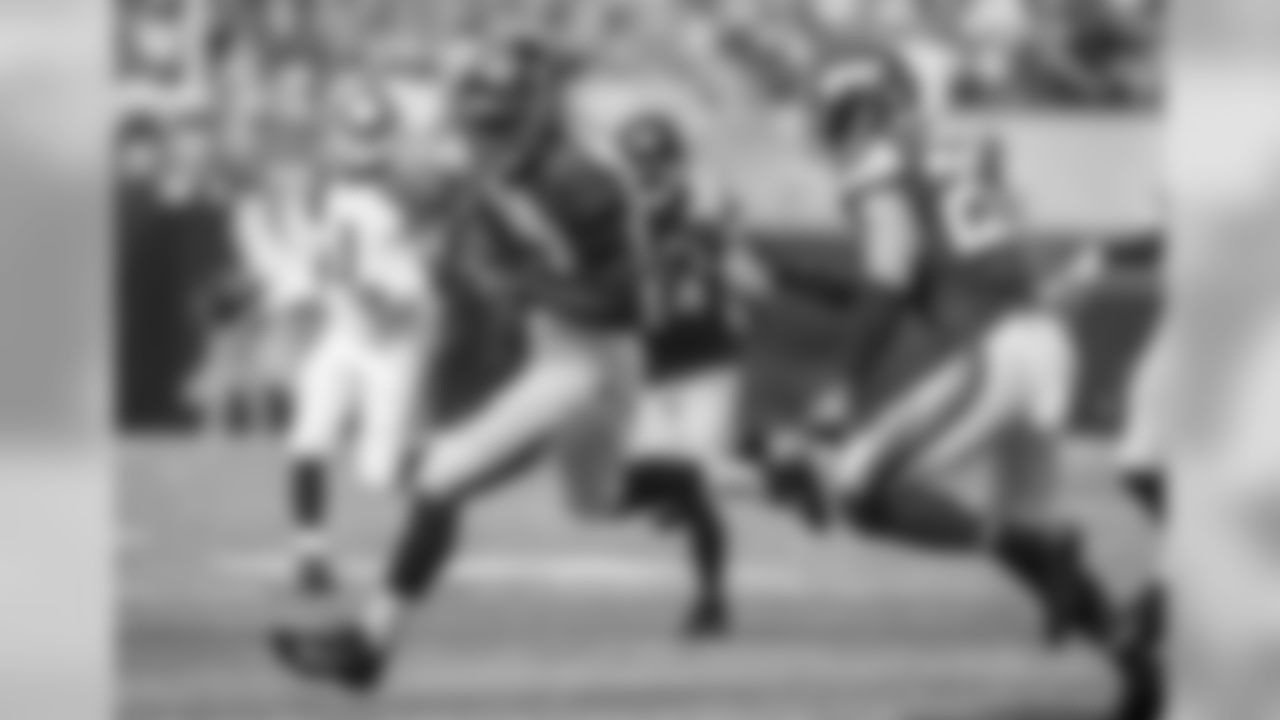
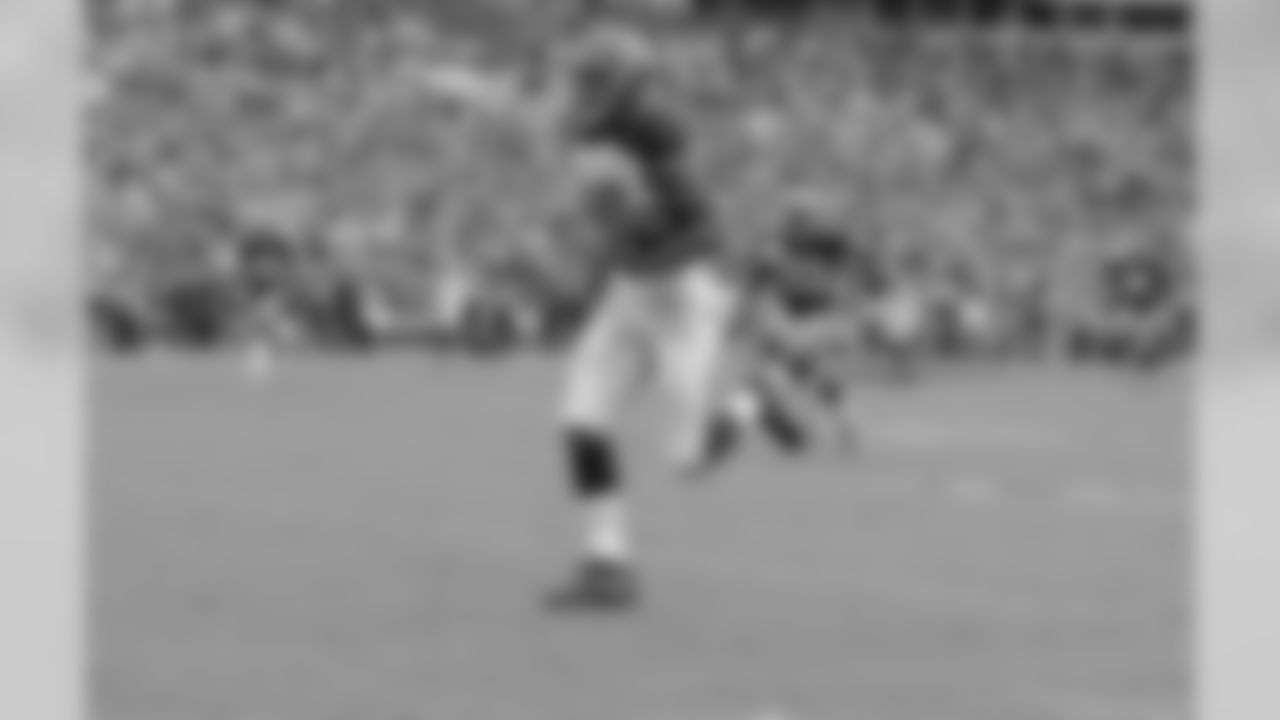



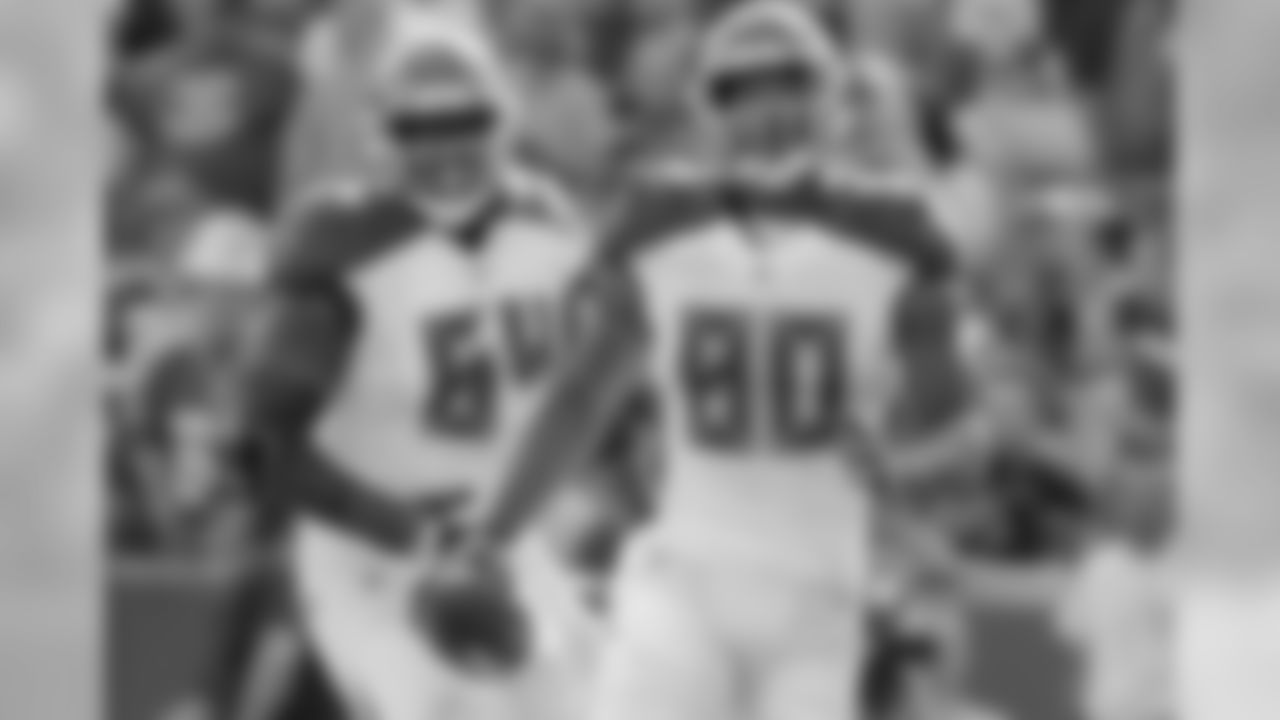
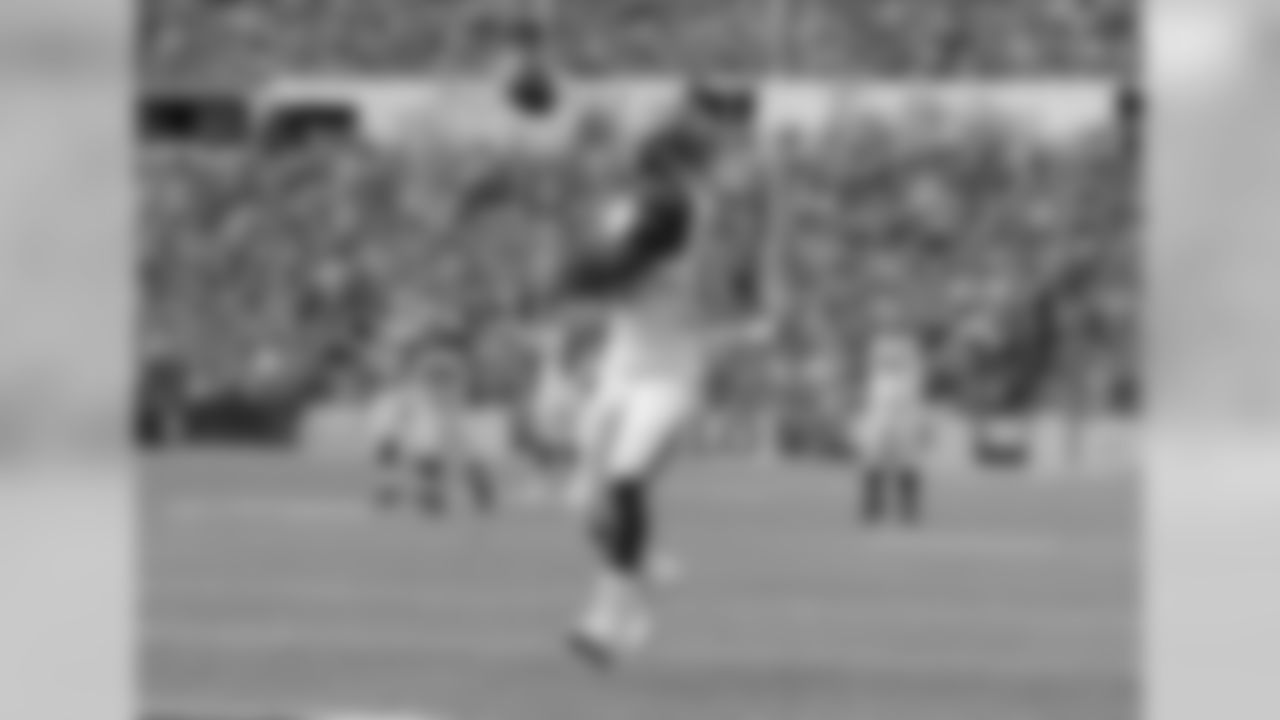

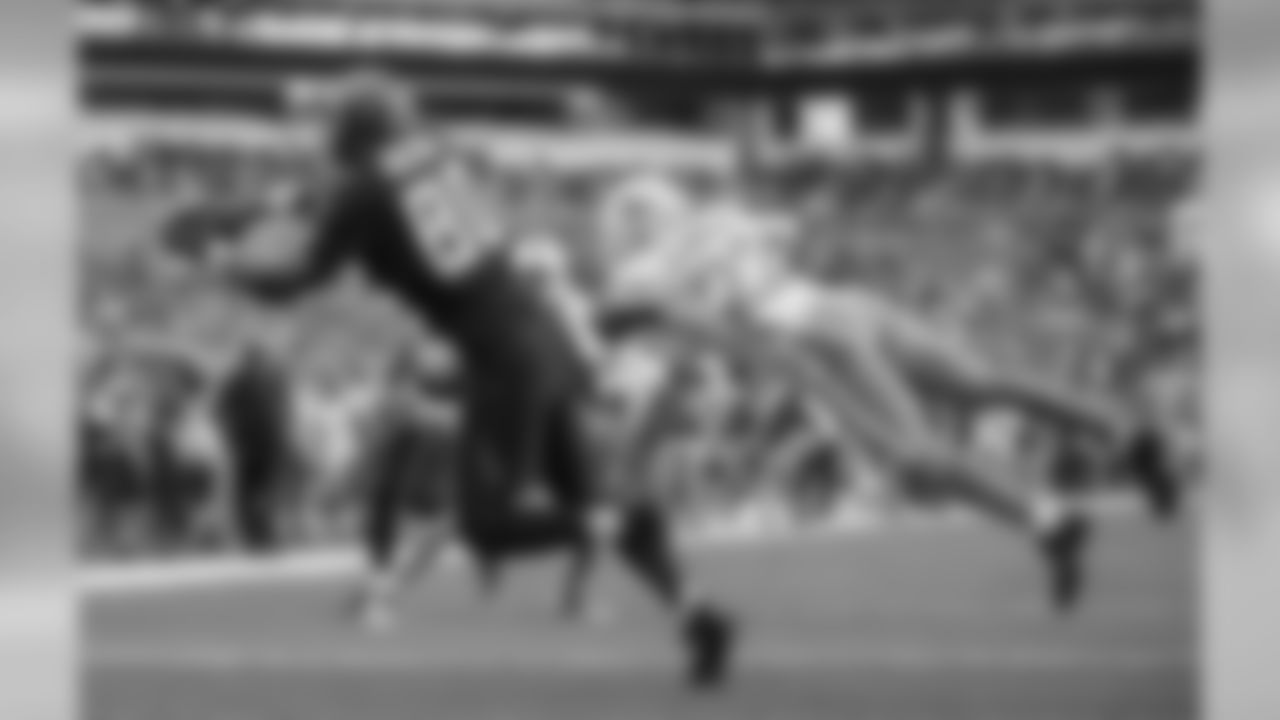
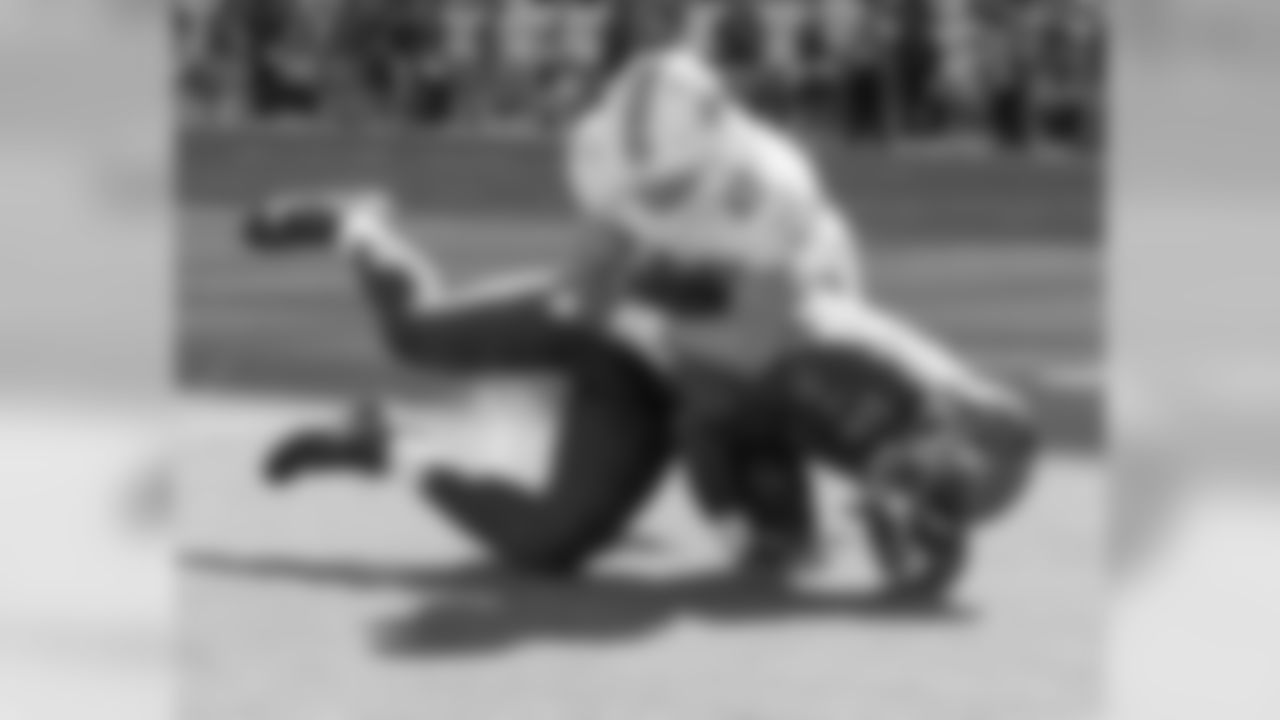


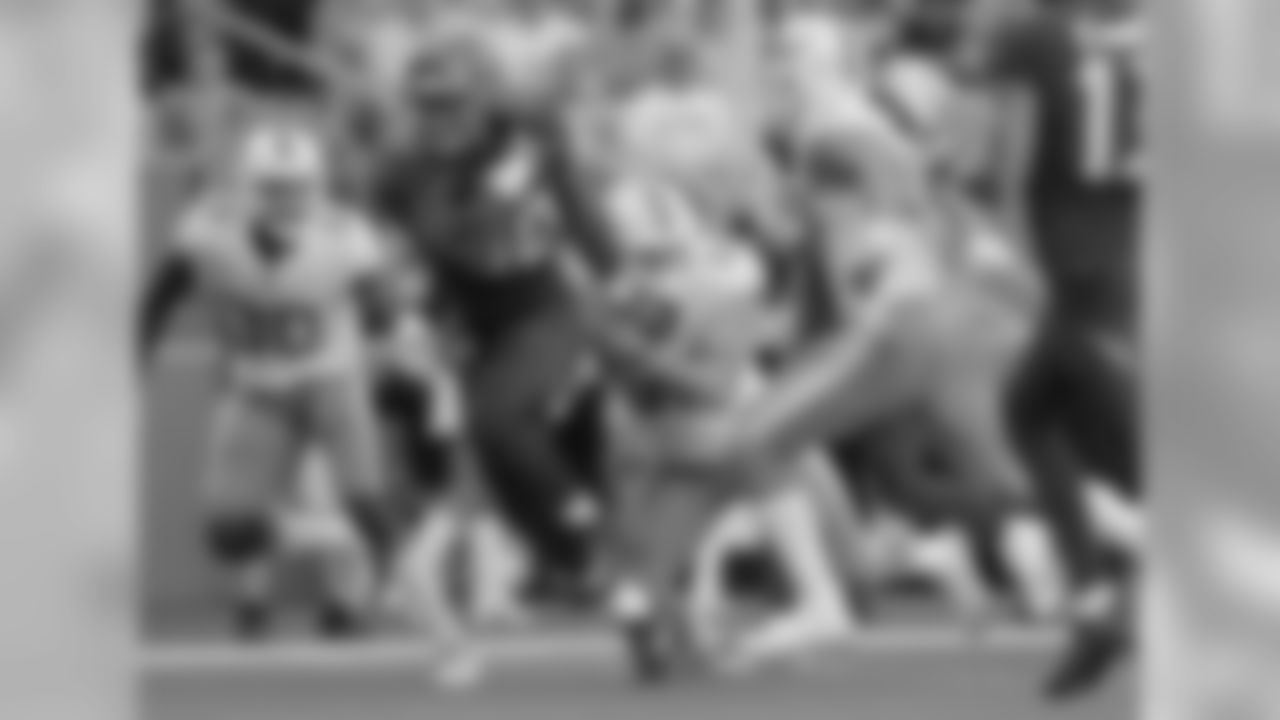
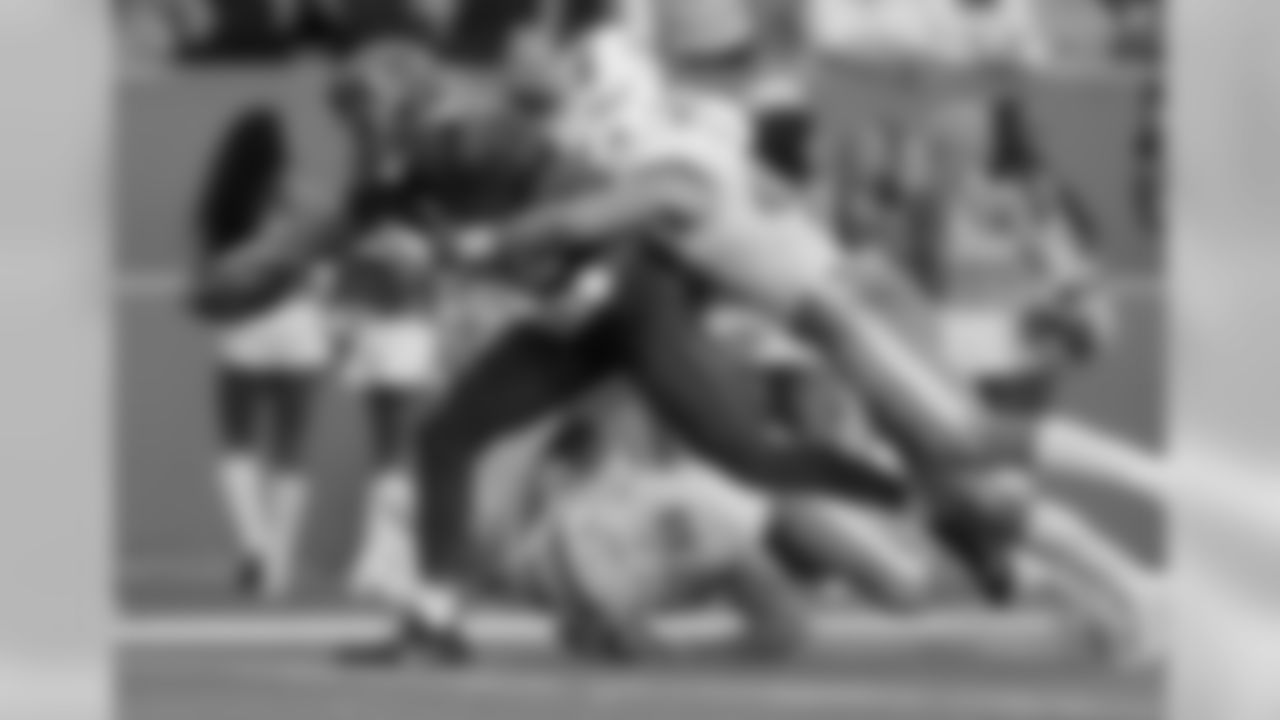
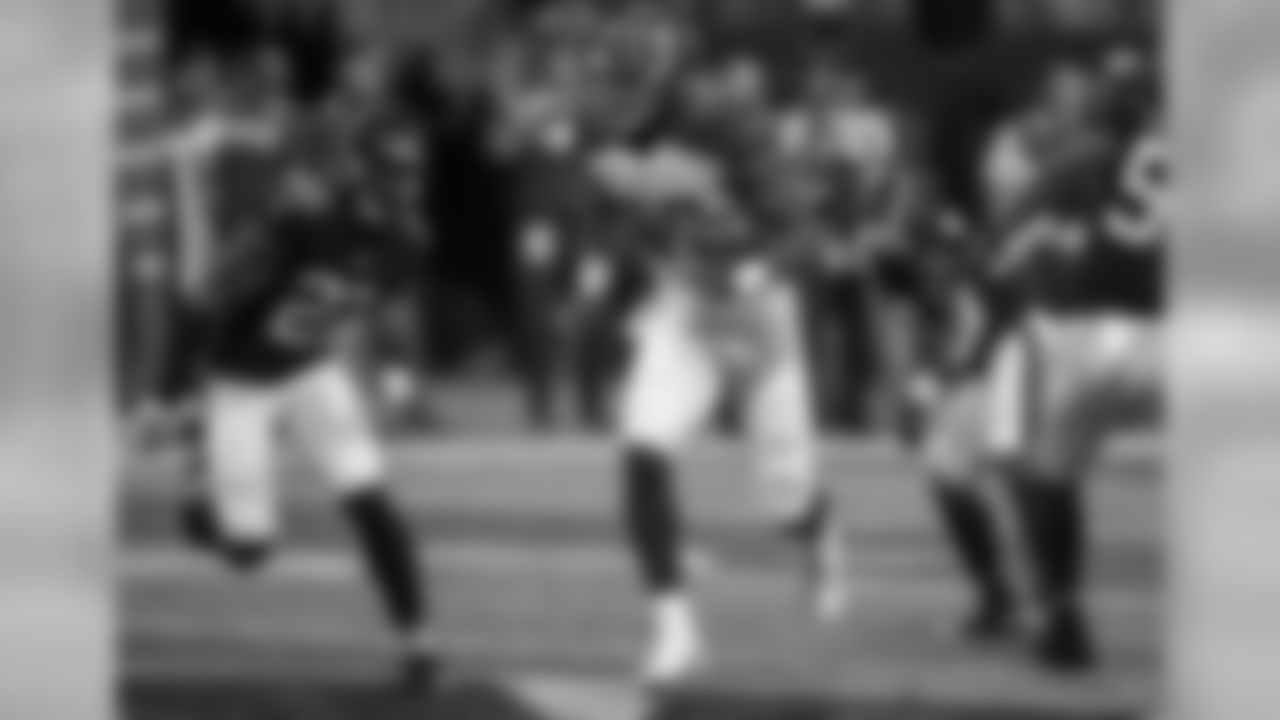

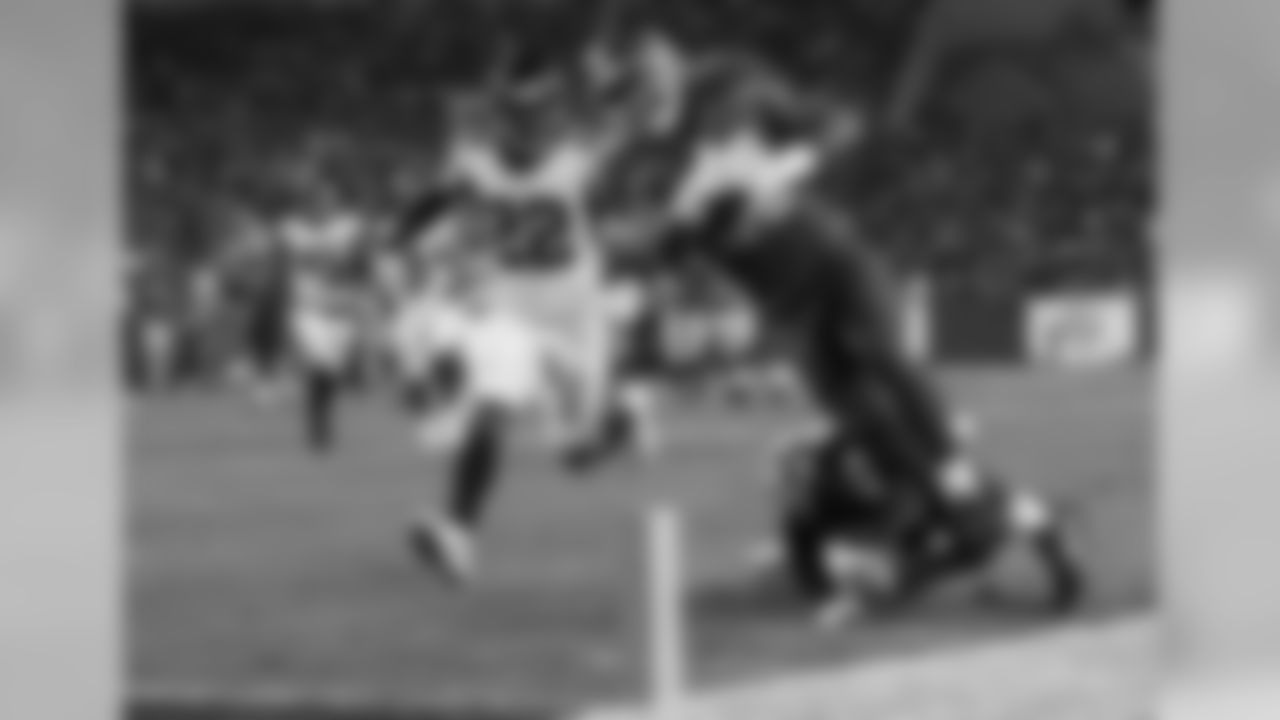

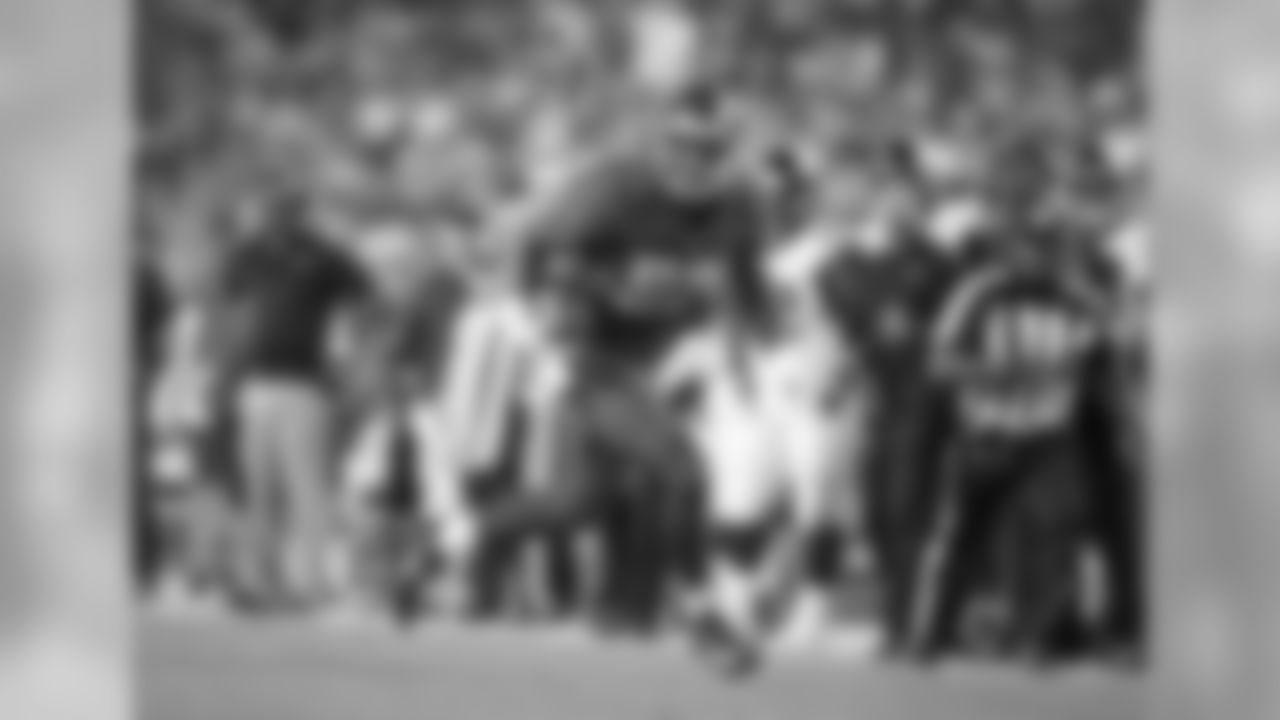
TE O.J. Howard (first round): Improved run-blocking
Howard definitely showed off his big-play ability as a rookie, turning 26 catches into 432 yards and six touchdowns. The Bucs had to be pleased with the way Howard teamed with Cam Brate to give the Bucs one of the five most productive tight end corps in the NFL, and with the way Howard worked the seams downfield. Howard missed the last two games of the year but still was on the field for 68% of the Bucs' offensive snaps, the most of any tight end on the squad.
The Bucs also used two-TE sets quite frequently and would surely like to do so again in 2018. The problem was, the offense wasn't particularly balanced out of that formation. A two-tight end set – known as "12 personnel" – should increase the uncertainty for opposing defenses if the tight ends are realistic receiving threats. Unfortunately, while Tampa Bay did throw the ball well out of 12 personnel, it did not run the ball well from that formation.
With Howard and Brate on the field together last year, the Buccaneers averaged 8.53 yards per pass play, better than their overall mark of 6.77 yards per pass play. However, the Bucs averaged just 2.09 yards per carry with Howard and Brate working together, as compared to 3.73 yards per carry overall.
Earlier in the offseason – Howard's first full one as a pro – Tight Ends Coach Ben Steele praised the second-year player for being humble and recognizing the areas in which he needs to improve. Howard has the raw skills to dominate in both the run and pass games but fully unlocking those talents, Steele said, was a matter of getting the details right on such things as footwork and hand placement.
Howard's rookie season promised big things in the passing game and it would be a surprise if he did not improve upon his line of 26 catches for 432 yards this fall. In terms of the Bucs' offense as a whole, however, a step forward in Howard's run-blocking effectiveness could make an even bigger difference.
S Justin Evans (second round): Five interceptions
Tampa Bay's 2017 defense featured four different players who recorded at least three interceptions – Evans, Kwon Alexander, Brent Grimes and Robert McClain. That's good! To be more specific, though, all four of those players tied for the team with precisely three interceptions. Tampa Bay hasn't had a player reach five interceptions in a season since 2013, and that was the aforementioned Lavonte David in his All-Pro year. The last Buccaneer defensive back to record a five-pick season was Aqib Talib in 2010, and Talib hasn't been a Buc since early in 2012.
Since David's five-pick campaign, 26 of the other 31 teams in the NFL have had at least one player record five interceptions in a season. The Buccaneers want more big plays out of their secondary, and while it's perfectly fine if that were to come from a committee effort, it would be nice to see a playmaking star emerge on the back end of the defense. With Grimes nearing the end of his stellar career, the best candidate to make that emergence is Evans.
Evans made several of his 2017 interceptions in spectacularly athletic fashion, so his turnover totals aren't necessarily going to rely on the type of blatant overthrow that often gives a safety his best shot at a pick. The second-year safety may once again get a couple interceptions on well-thrown balls based simply on his athleticism and anticipation. That said, Evans and the rest of his teammates in the secondary may see the benefits of more rushed and altered throws if Tampa Bay's pass-rush shows the improvement everyone expects. The Buccaneers loaded up on potential impact linemen in the offseason, and that impact may be felt most strongly in the secondary.
WR Chris Godwin (third round): 60 receptions
The second-year receiver out of Penn State drew rave reviews for his work on the practice field throughout the 2018 offseason, but that's nothing new. Godwin impressed immediately as a rookie in last year's training camp, though that did not translate into early-season production in his debut campaign. The problem (for Godwin, not the Buccaneers) was simply a matter of playing time. With Mike Evans and DeSean Jackson stationed on the outside and Adam Humphries excelling in the slot, there weren't a lot of opportunities for the rookie early on. Through the first eight games of the season, Godwin had a total of eight catches.
Then Evans sat out Game Nine against the Jets and Godwin stepped right in with five catches for 68 yards. His playing time increased after that and spiked at the end of the year when Jackson hit injured reserve. In the Bucs' last two games, Godwin had 10 catches for 209 yards and a touchdown, including the game-winner against New Orleans on Tampa Bay's last offensive snap of the season. The end result was 525 yards – halfway to a 1,000-yard campaign without ever really having a permanently defined role in the offense.
On one hand, all those same impediments remain for Godwin and his playing time. On the other hand, as he continues to show what he is capable of, Godwin may just force his way into more action. It seems likely, in fact. And given the day-to-day consistency for which he is frequently praised by the coaches, it also seems likely that more playing time will indeed translate into bigger numbers.
It's still a bit much to predict an 80-catch or 1,000-yard season for Godwin in Year Two, just because Evans, Jackson, Humphries and that tight end combo noted above will still be soaking up targets. But an improvement of 26 catches – less than two per game – would get him to 60. And if he continues to put up about 15 yards per catch, as he did in 2017, that would put Godwin around 900 yards. That would be a very good sign for Tampa Bay's offense.
LB Kendell Beckwith (third round): 16 games at one position
The Buccaneers drafted Beckwith late in the third round in 2017 not sure exactly when the former LSU star would be able to take the field. The ACL tear that ended his 2016 season hurt his draft stock but proved to be a boon for the Bucs as it didn't end up limiting him at all as a rookie. Beckwith was actually cleared to play at the start of training camp and never had a setback.
As such, he rather easily won the strongside job next to David and Kwon Alexander. When Alexander went down in the opener with an injury, Beckwith slid right the middle linebacker spot and more than held his own. When David also went down, Beckwith took over play-calling duties. Later in the season, with his fellow starters back in action but the Bucs struggling to get any production out of their defensive ends, Beckwith was frequently employed as a stand-up edge rusher.
The rookie's production across this range of jobs was quite good: 73 tackles, seven tackles for loss, one sack, two quarterback pressures, two passes defensed and one forced fumble. The bulk of his numbers came in the early part of the season when he was the heart of a thinned-out linebacking group; Beckwith had 45 of his 73 tackles in the season's first six game.
Alexander and David are back and, with better injury fortune, should be in their usual spots for virtually every defensive snap. With a lot more options at defensive end this year, the Buccaneers shouldn't have to get as creative with Beckwith's role on defense. If he's ready to go for the start of the year, the second-year 'backer should be the favorite to win the strongside job, which would have him on the field and in position to make plays on roughly 50% of the snaps.
Of course, that is a significant "if." Beckwith fractured an ankle in a May car accident and missed most of the offseason. At the time his injury was revealed, there was no specific timetable announced for his return. Obviously, the Bucs are hoping that Beckwith is a quick healer once again and will be ready to go for the start of the season. He would benefit from some stability in Year Two.
DT Stevie Tu'ikolovatu (sixth round): A spot in the D-Line rotation
There's no need to get too tricky with his one: The obvious goal for Tu'ikolovatu in Year Two is to get on the field.
The Buccaneers drafted the former USC standout with a specific goal in mind, that being a more stout run defense. Tu'ikolovatu was one of the best run-stuffers in the NCAA in 2016 and the Bucs were trying to get bigger up the middle (drafting Beckwith was also part of that, as was the failed signing of defensive tackle Chris Baker). Unfortunately, Tu'ikolovatu sustained a knee injury in the third preseason game and was placed on injured reserve as the team trimmed its roster down to 53 for the regular season.
Like most of his fellow 2017 draftees, Tu'ikolovatu has now had the benefit of a full offseason of NFL work. He is still big and strong and a potential clogger in the middle of the Bucs' line. What has changed, however, is the personnel around him in the Bucs' D-Line meeting room. Most notably, the team signed defensive tackle Beau Allen in free agency and used a first-round pick on defensive tackle Vita Vea. Those two and six-time Pro Bowler Gerald McCoy would appear to form a very strong three-man DT rotation, making it harder for others to get snaps.
That said, the Buccaneers know better than most teams how critical defensive line depth can be. Injuries have ravaged that group at times in the last two years, forcing the team to occasionally go with less proven options. Any defensive lineman who performs well in training camp is going to get a long look for the 53-man roster, regardless of the competition. That's the goal for Tu'ikolovatu: Show that he belongs as part of the Bucs' rotation up front.






